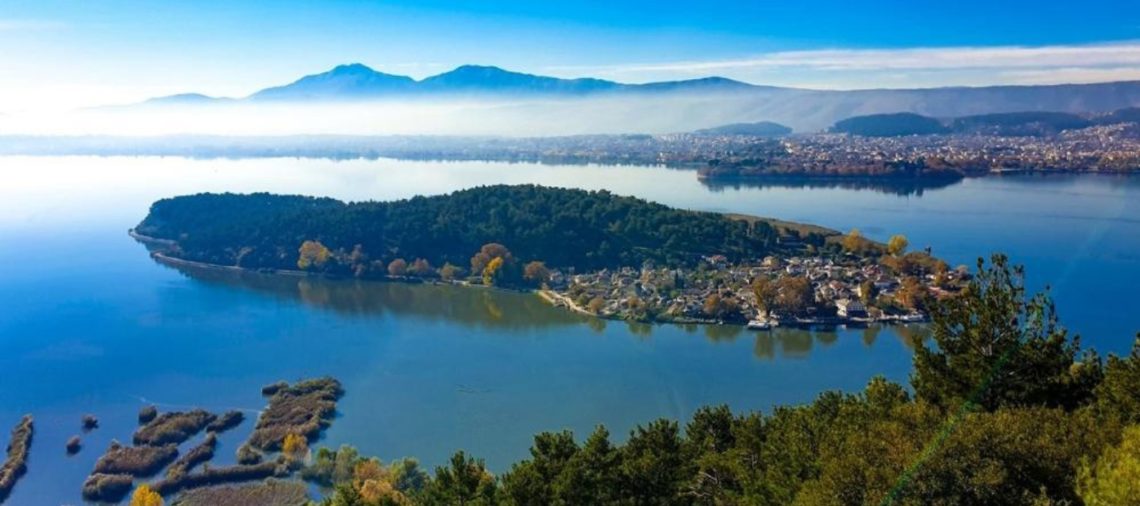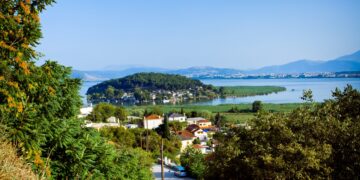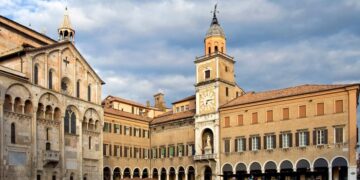Ioannina is the biggest town I stopped in on my two-week trip to northern Greece. I was looking forward to it, having read nice things about the capital of Epirus, which is spread around the gorgeous Lake Pamvotis. The lake, by the way, with its small island full of stories, is also the “leitmotif” of the town where many personalities, from poets and writers to artists and sportsmen, were born and lived. So I must know what to see and do in Ioannina and which are the most beautiful tourist attractions in Ioannina, this splendid greek town of Epirus.
What to do and see in Ioannina, Greece
A night in the chic Hotel Antique (a charming boutique hotel in the city center), then off on a familiarisation tour with our new guide, the lovely Amalia Fourkioti, and her boyfriend, who will prove to be a skilled driver over the next three days. Amalia suggests a leisurely stroll through the center, with a first stop at the castle and the Fethiye Mosque inside.
Going to Ioannina, Greece? Here are the best Ioannina hotels
Flying to Greece? Find your best flight to Greece!
To understand a bit of “what” Ioannina is about, I need to give a brief historical introduction to this beautiful town. Founded in the 6th century by the Byzantine Emperor Justinian the First, Ioannina has had its share of troubled times: in 1082, it was conquered by the Normans, and in 1345 it was captured by a Serb named Stefan Dusan, who later proclaimed himself Emperor of Serbia and Greece, then, after a period of economic and cultural flourishing, the town came under Ottoman occupation.
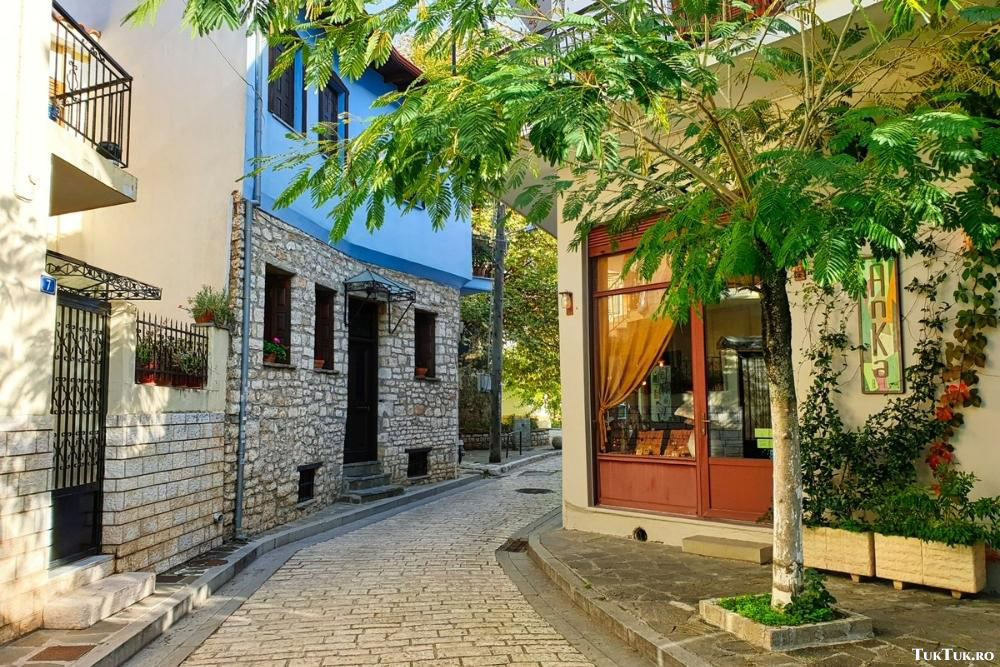
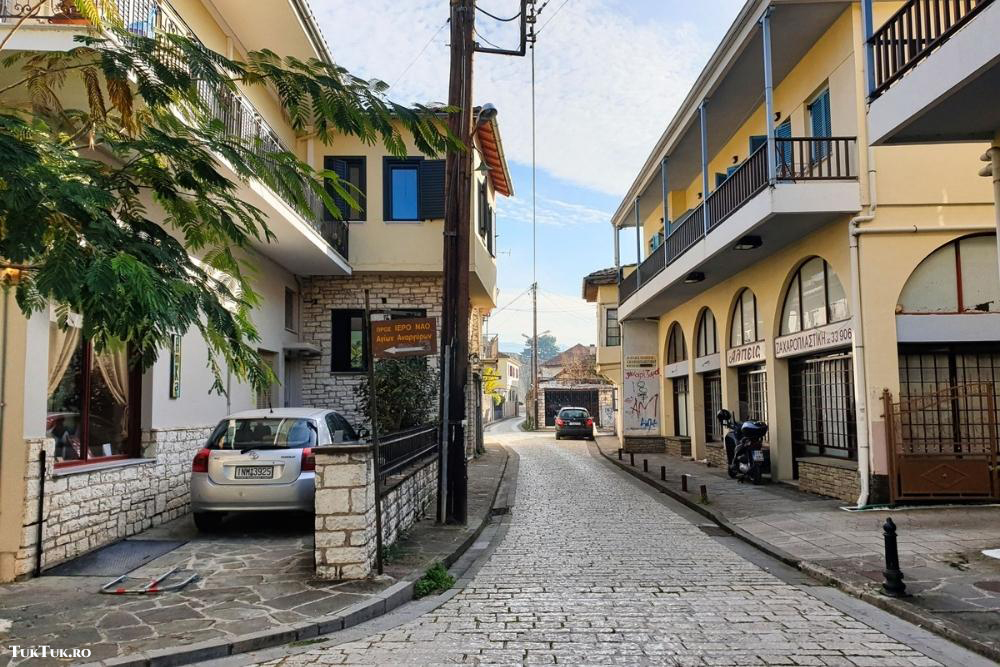
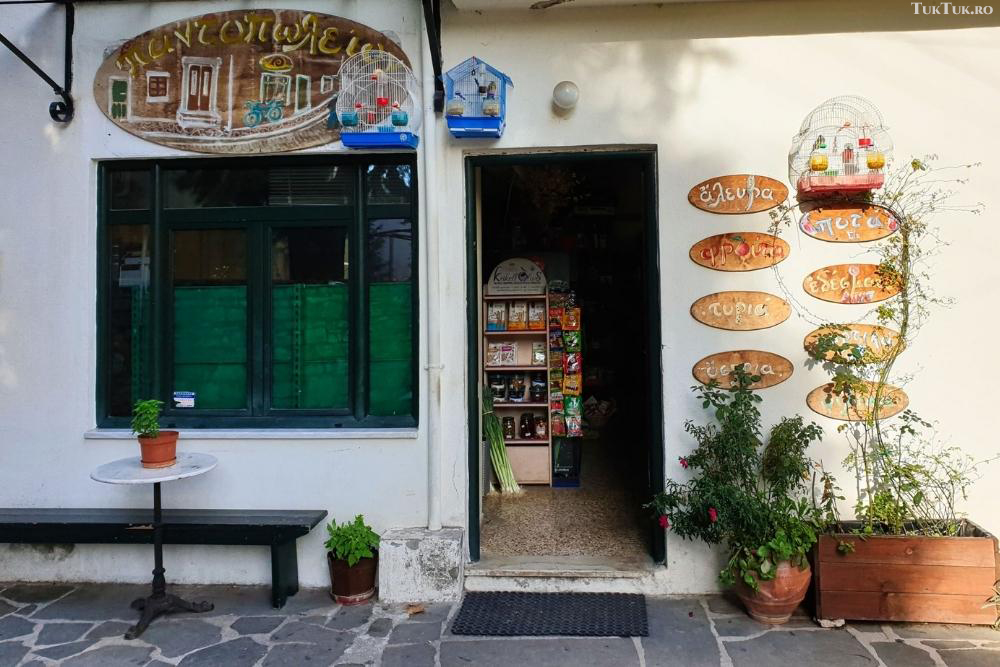
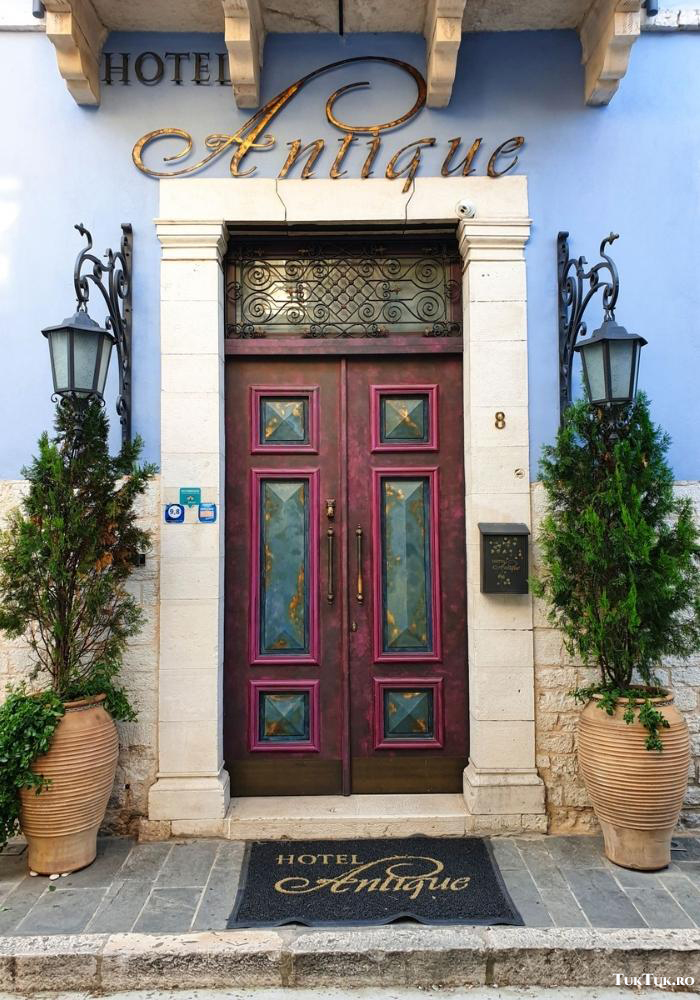
The Turks negotiated Ioannina’s surrender by offering privileges to the locals, which was initially accepted. However, in 1611, a revolt led by Dionysius the Philosopher, Bishop of Larisa, canceled the privileges granted to the Christians, who were expelled from the castle, leaving only Turks and Jews. However, the town continued to prosper and strengthen its links with important European trading centers such as Venice and Livorno.
But in 1789, a turning point in the history of Ioannina occurred. The town became the center of the territory ruled by Ali Pasha (envoy of the Porte), one of the most influential personalities of the 18th century, a region then called Rumelia, which included north-western Greece, the province of Thessaly, parts of Evia and the Peloponnese. Ali Pasha, to whom I shall return, maintained diplomatic relations with the most important European leaders, and his reign coincided with the most flourishing economic and intellectual period of Ioannina.
The city was incorporated into the Greek state in 1913 after the Balkan Wars. Following the population exchange after 1922, the Turks left Ioannina, where Greek refugees from Asia Minor returned.
That’s how things stand historically. The most exciting part, however, features Ali Pasha. Well, Albanian by birth, he was a genius and a villain at the same time. First, he got his ass kicked by the High Guard. He made a living in his Rumelia for 34 years, got rich like a mogul (because he didn’t send his taxes to the “center”), and, at some point, wanted to break away from the Empire and make his own country.
Nicknamed the ‘Lion of Ioannina’, Ali Pasha was both angel and demon to the Greeks. He did deeds of boundless and senseless cruelty, but at the same time, he built some 26 churches (no mosques) and maintained prosperity in the area. Books have been written about him; I could go on and on here, but better to get to Ioannina and learn his story firsthand. I started with the castle area, where the Fethiye Mosque is located, next to which you can also see the tomb of Ali Pasha, who was murdered by his Turks, on the island in the middle of the lake.
The Fethiye Mosque was built after 1611 on the site of a Byzantine church, its name translating as ‘conquest’. It took its final form in 1795 as the main mosque where Ali Pasha prayed. It didn’t impress me in any particular way – it has a central hall, an outer gallery, and a narrow, wooden balcony running through it from side to side, with the addition of the minaret in the northwest corner. Inside, you can admire an exhibition of works from when Ali Pasha ruled here (1788-1822).
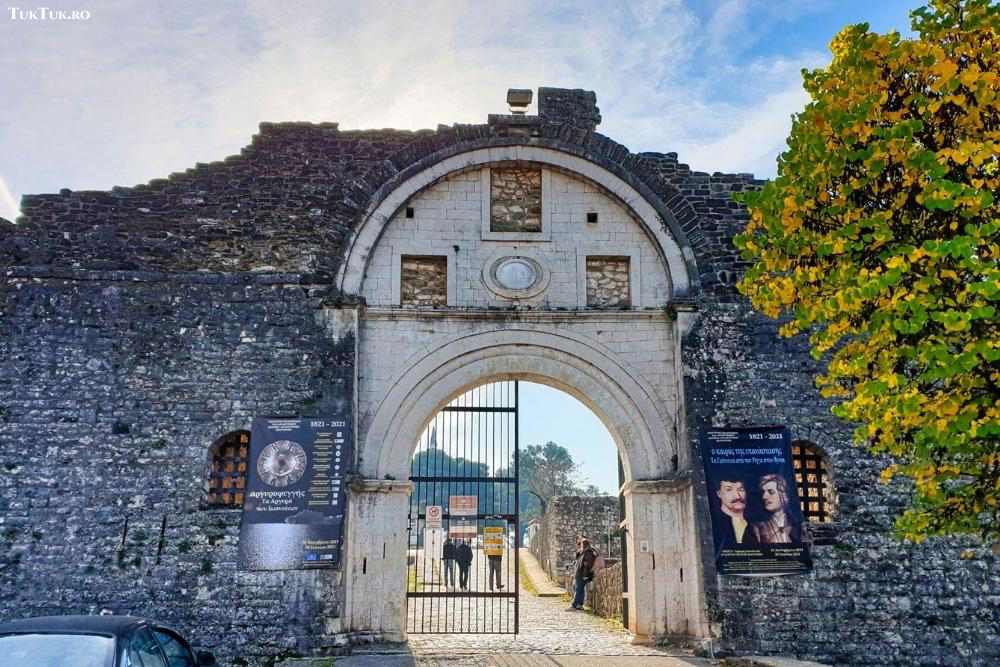
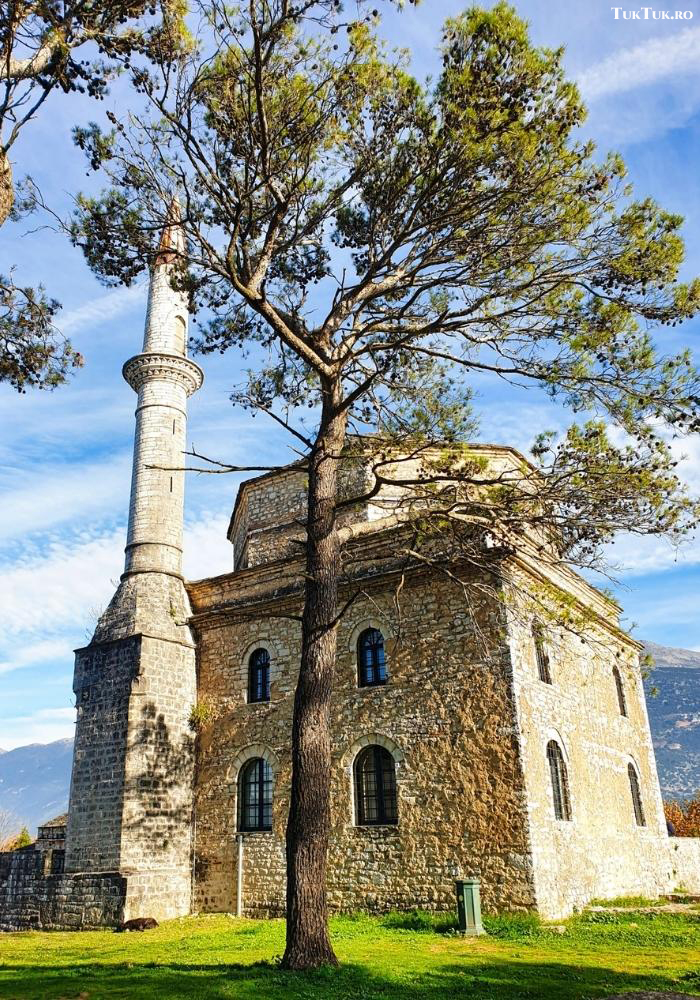
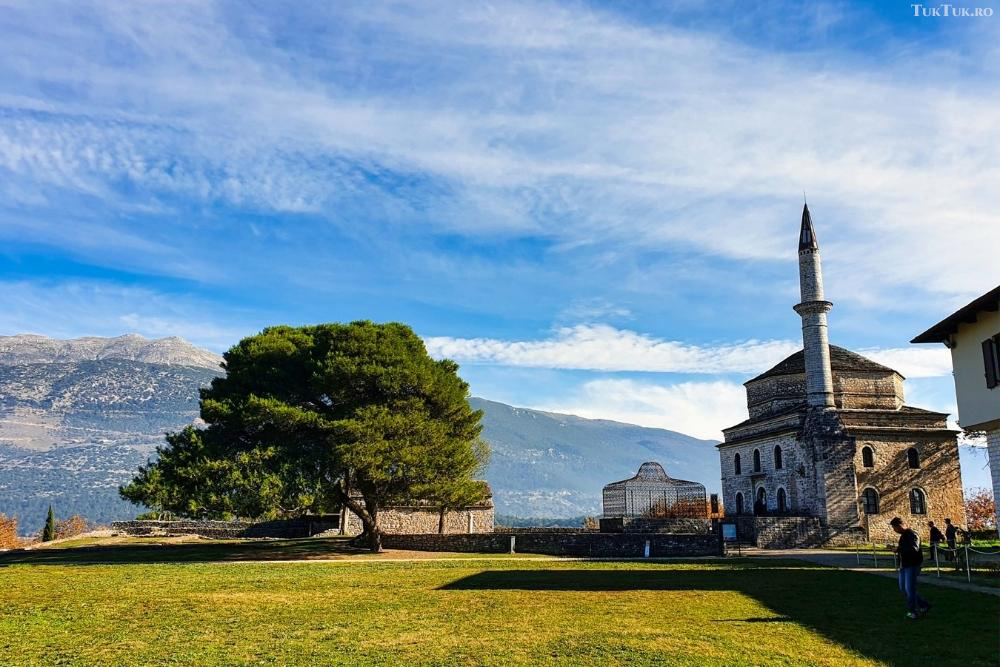
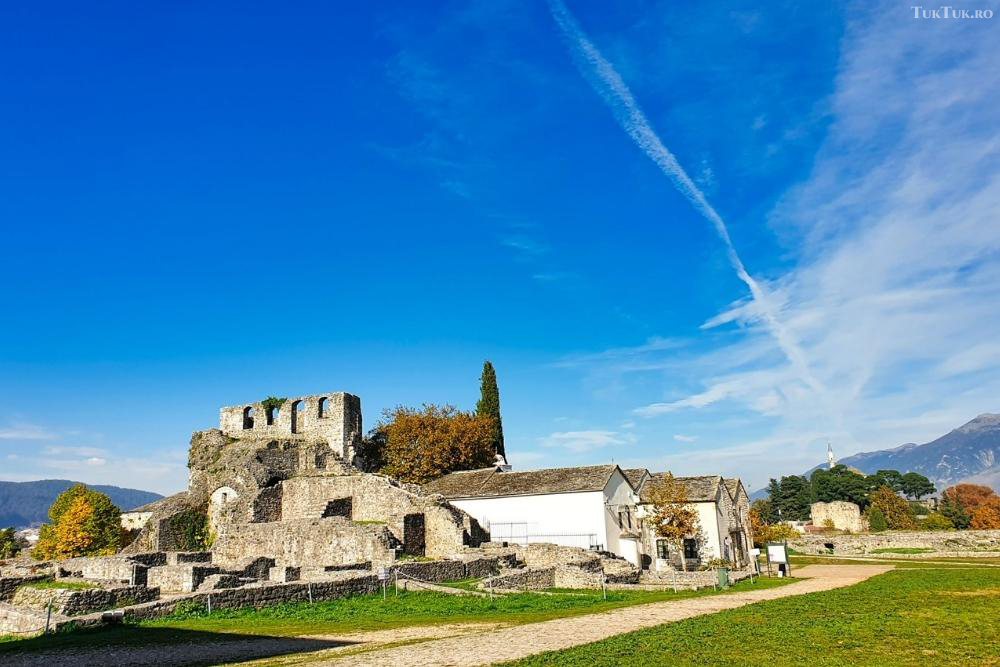
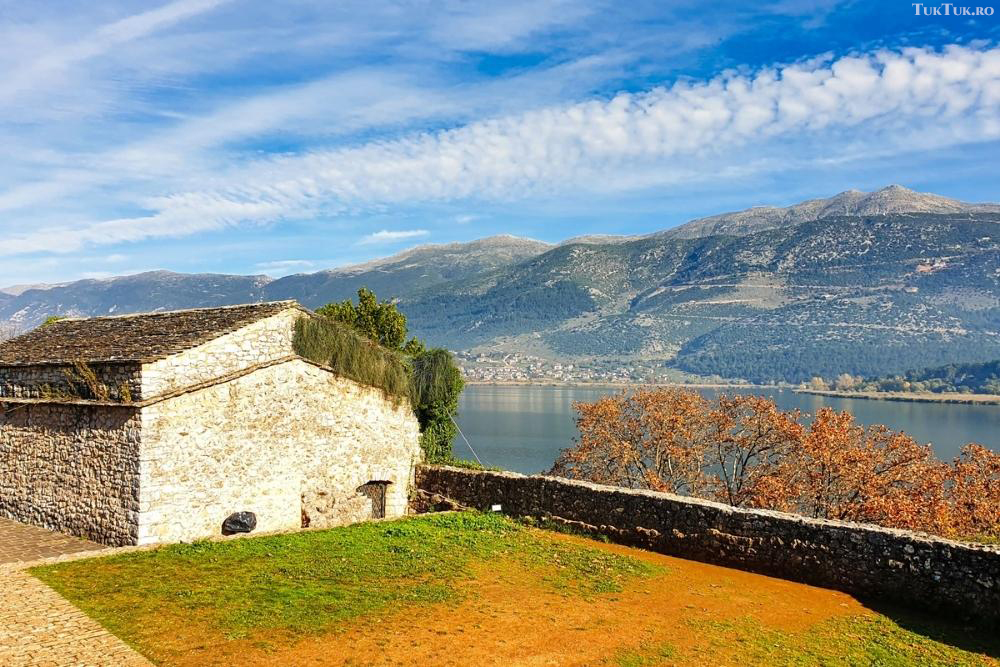
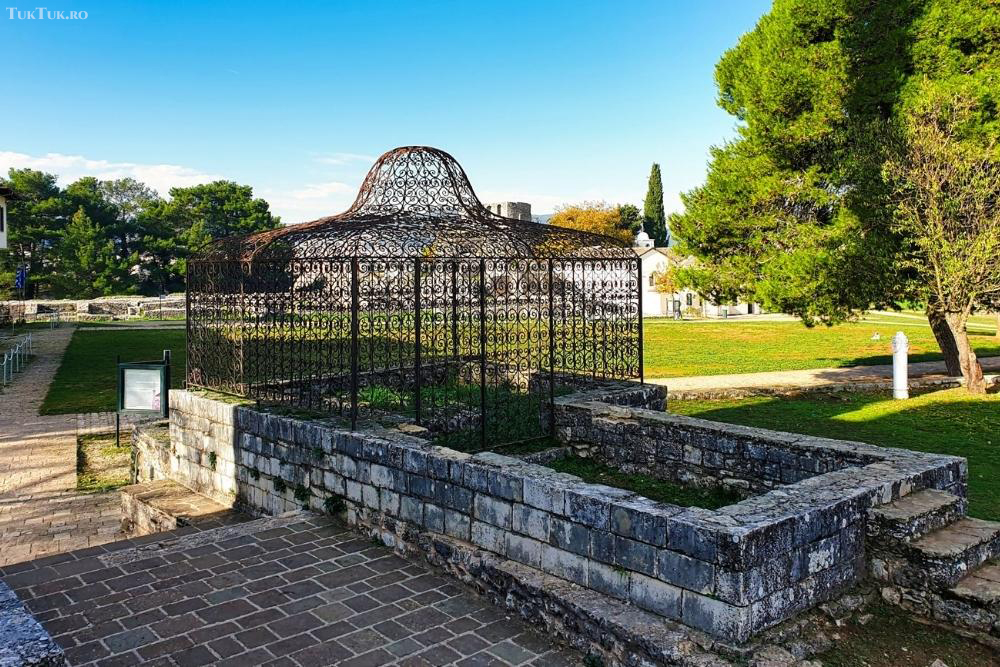
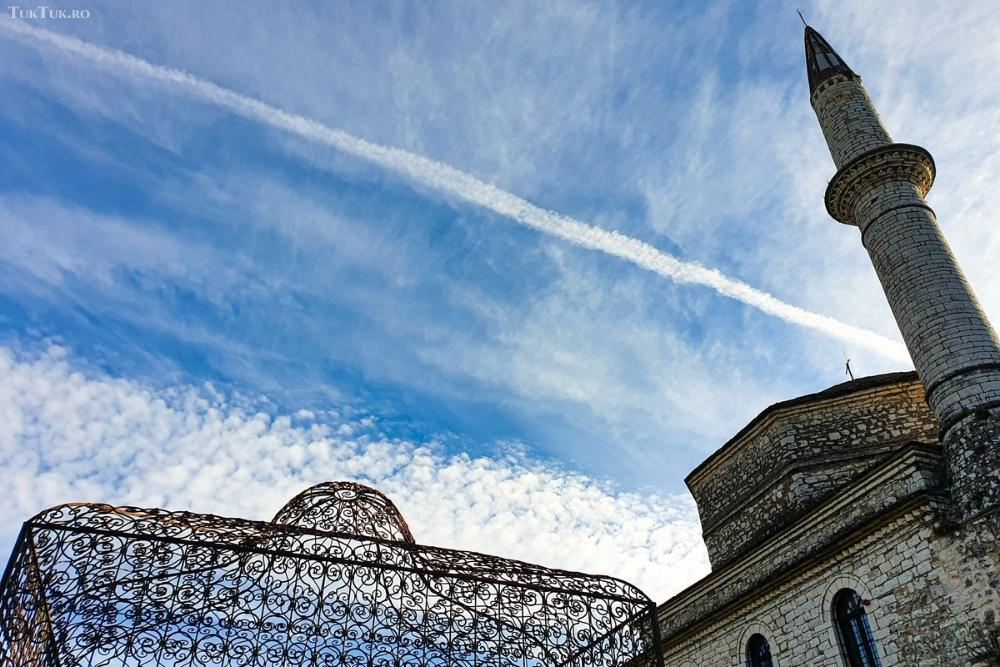
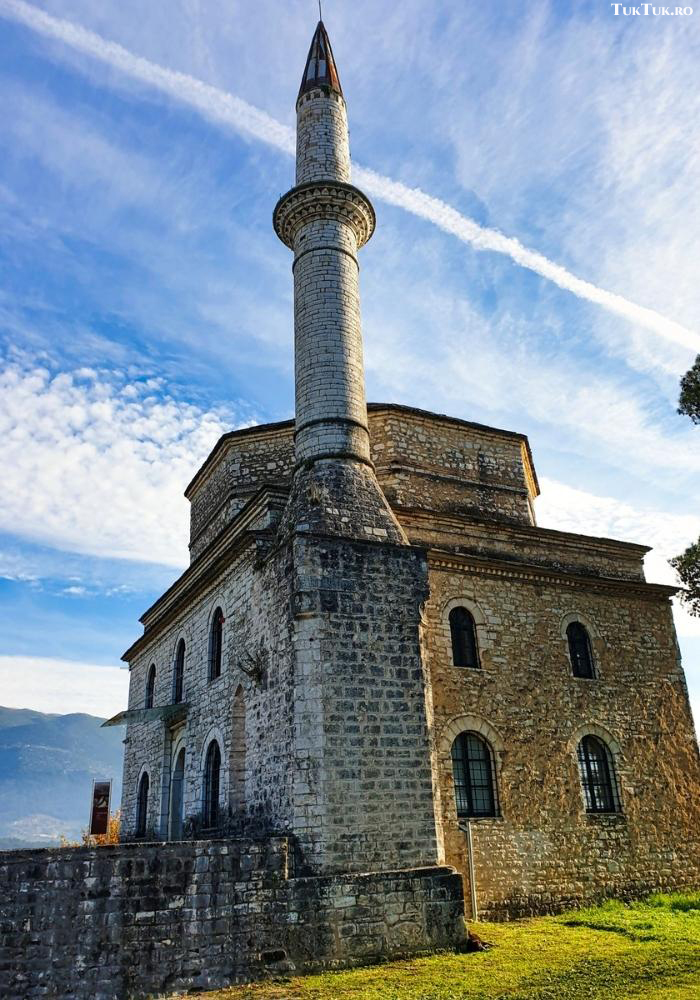
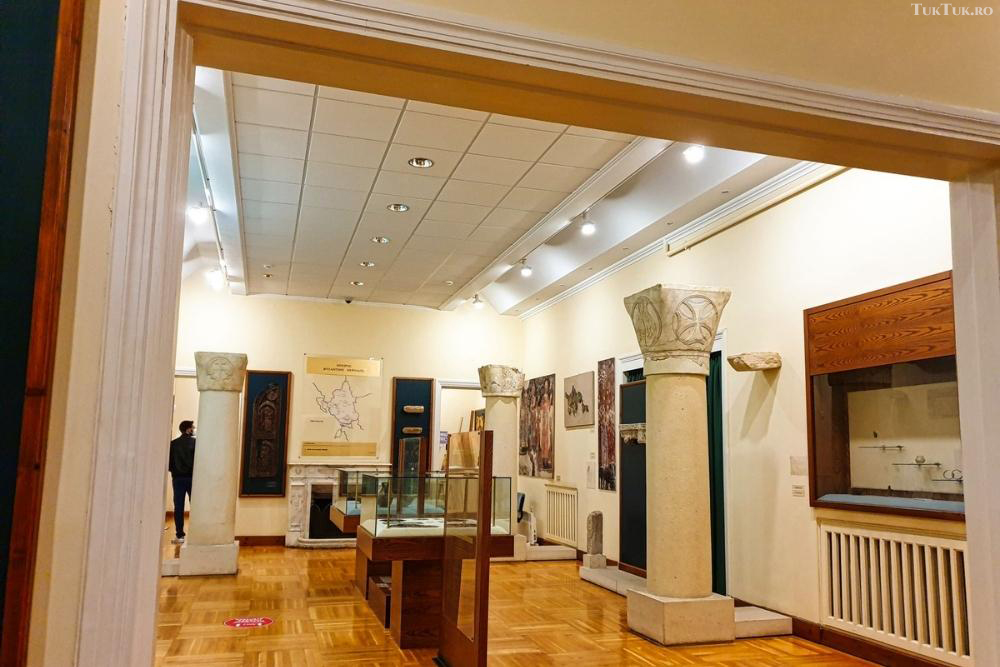
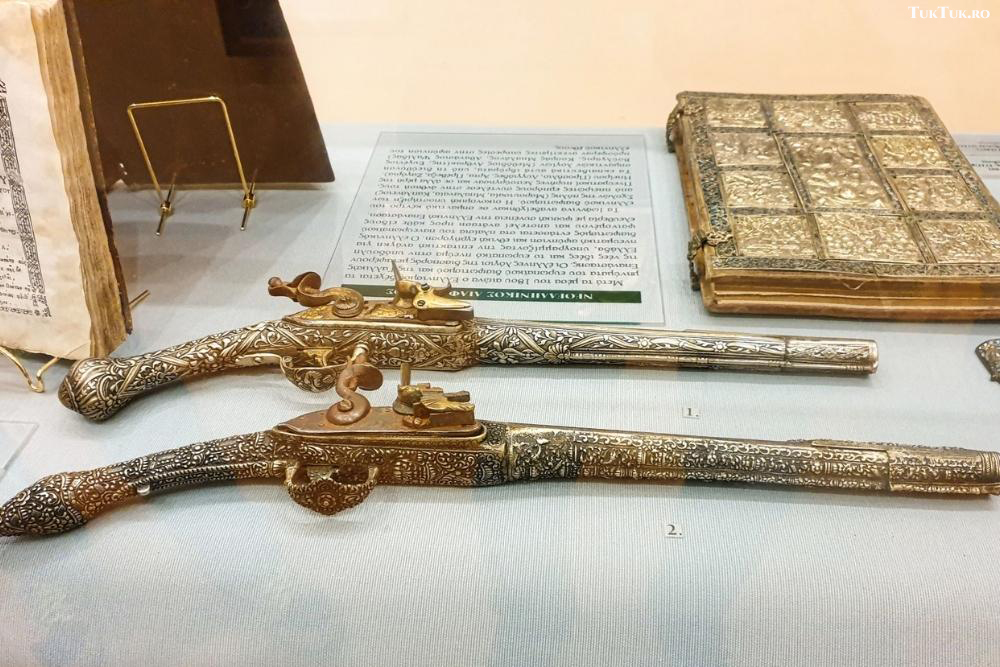
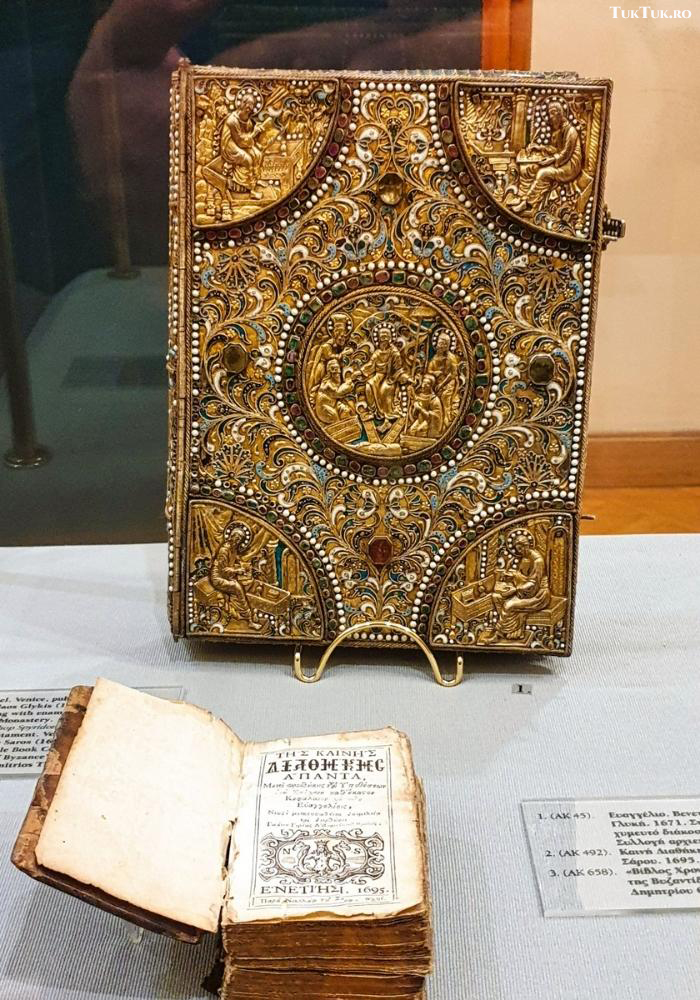
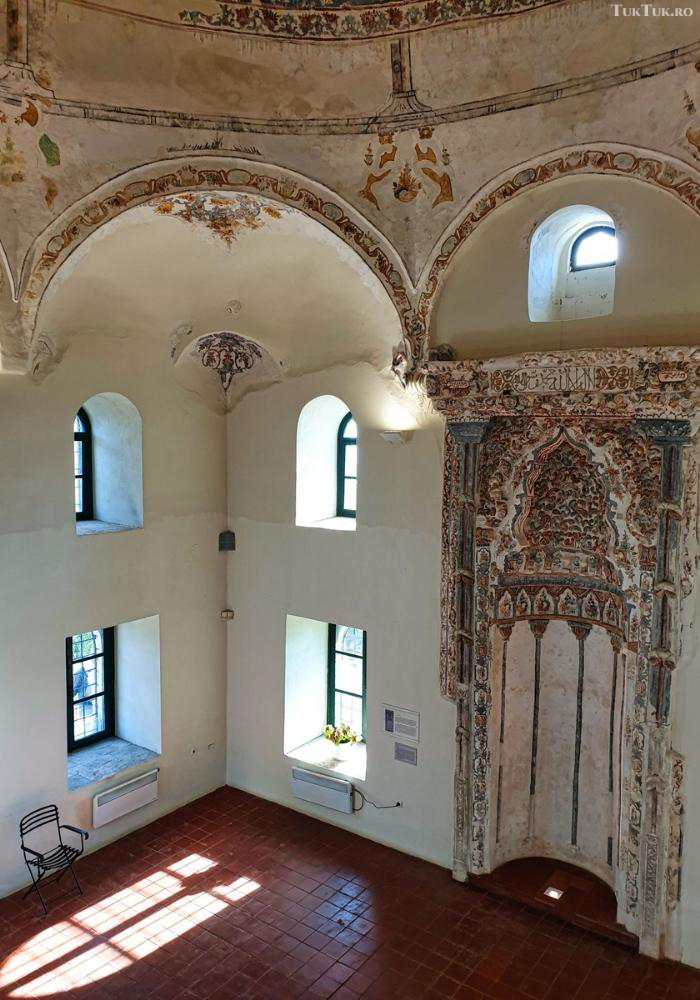
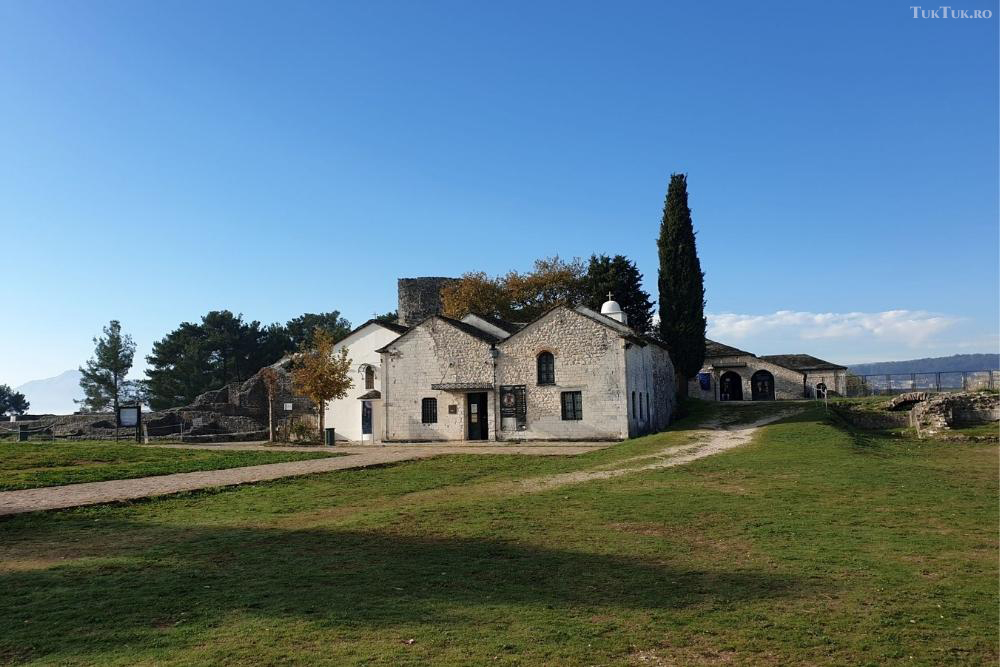
Within the walls of Ioannina Castle, there are two fortresses (one in the northeast corner – built by the Byzantines, the other in the southeast corner – created by the Normans) and several buildings of various significance. These include the Main Gate, Thomas Tower, Byzantine Gate, Byzantine Tower, Madrassa (school of philosophy and theology), baths, gunpowder magazine, etc. I entered the Byzantine Museum, took a tour of the Silver Crafts Museum (fabulous creations! ), and exited the citadel heading for the pier where the steamers depart for trips on Lake Pamvotis, with a stop on the island in the middle that, surprisingly, has no name.
Lake Pamvotis of Ioannina
Lake Pamvotis is one of the oldest lakes in the world and the second oldest in Europe, after Lake Ohrid (at least according to some sources) – 7 million years old. Pamvotis (or Pamvotida, as it is still known), a term from Homer’s time, means “something that feeds everything”. After all, the description is accurate since everything in Ioannina is connected to this lake.
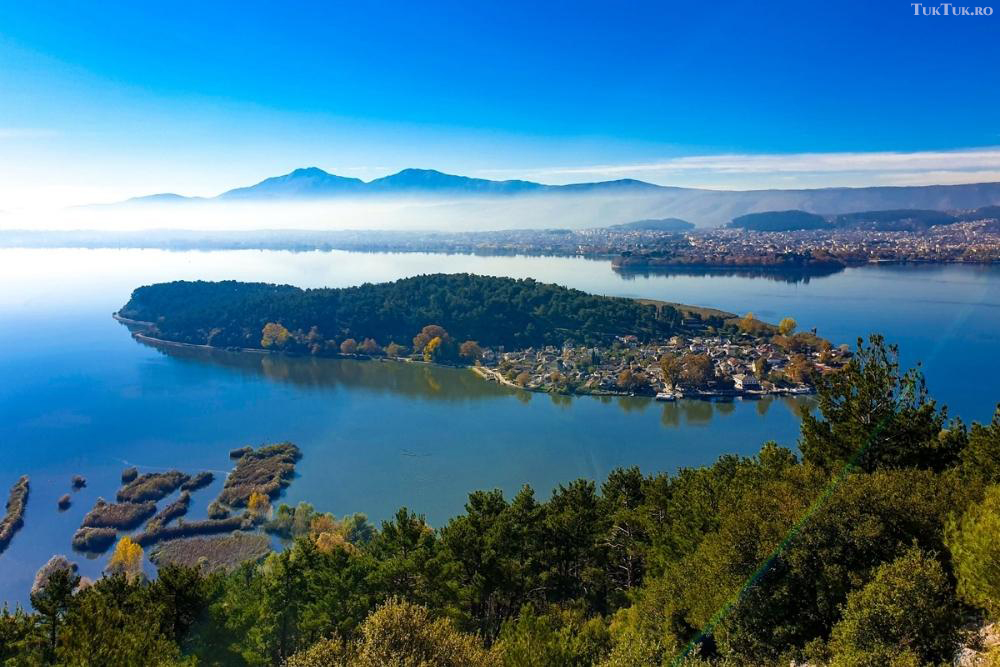
On the island of Lake Pamvotis, where I head out on a tourist boat – a trip that takes no more than 15 minutes (and costs €2) – there’s a mini-village of stone houses, home to a few fishing families, as well as Ali Pasha’s house-museum, where the ruler of the region was killed and beheaded by a commando sent by the High Porte, who had learned of the betrayal the Lion was preparing to carry out.
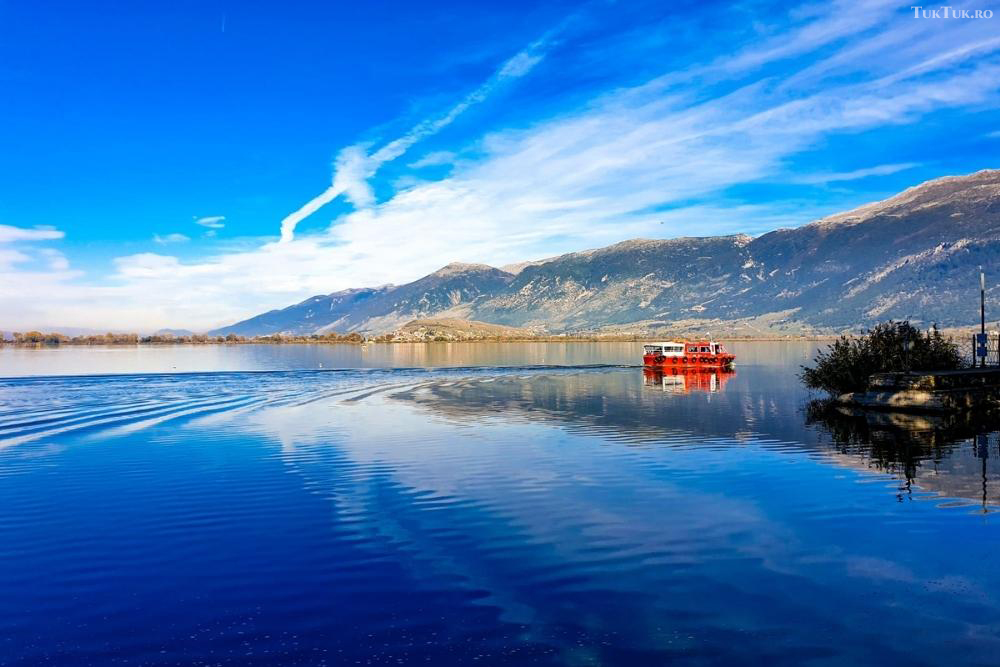
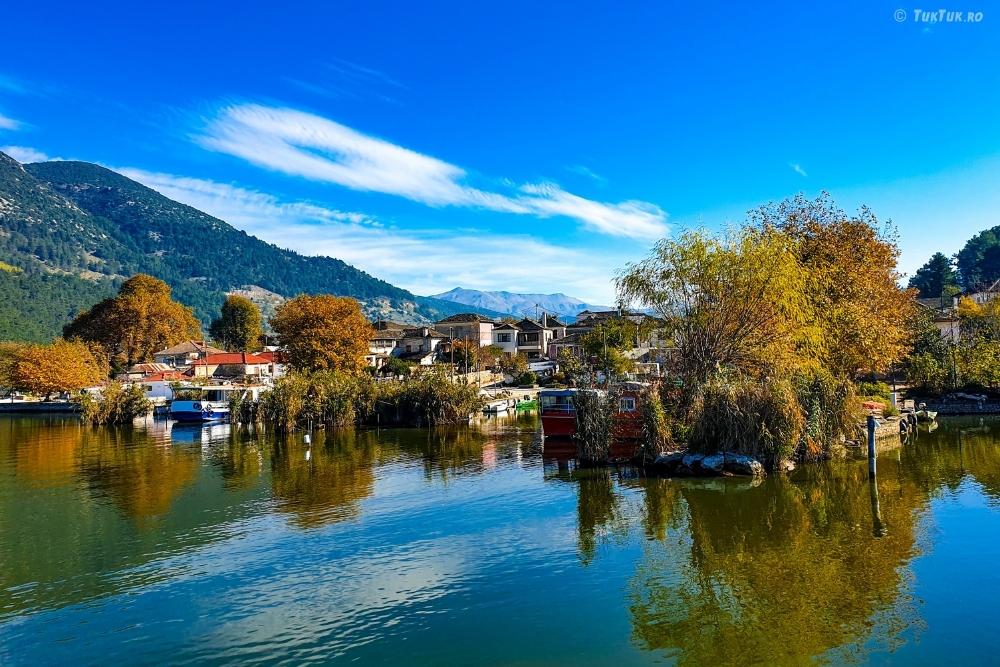
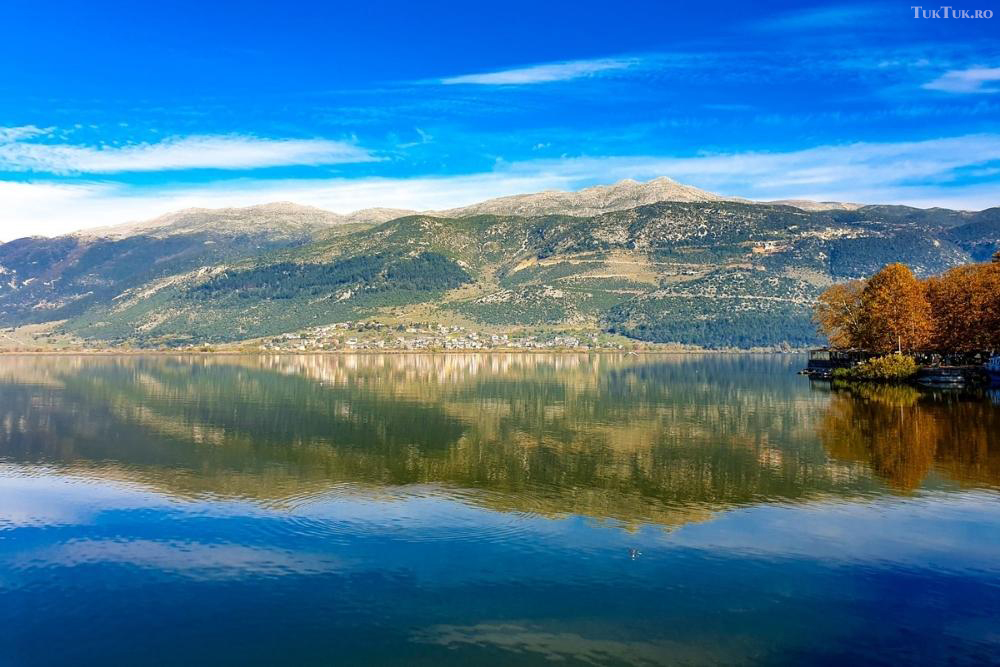
Lake Pamvotis hides many secrets and stories, some terrifying, such as the drowning of Lady Frosini, along with 17 other women stuffed into sacks and thrown into the water on the orders of Ali Pasha, frustrated that the young lady had refused his sexual advances. Beyond that, however, the house museum is a must-see, with the personal belongings of the region’s ruler and the stories about him recommending it as a top tourist attraction (€3.50 admission). I was fascinated by the clothing items on display, Ali Pasha’s weapons, and his huge pipe, measuring no less than 162 cm! As Ali Pasha was, among other things, also a great conqueror of… women, I think that the size of the pipe with which he puffed was directly proportional to another object in his equipment. At least, in those days, things like that were not purchased in inverse proportion as they are today.
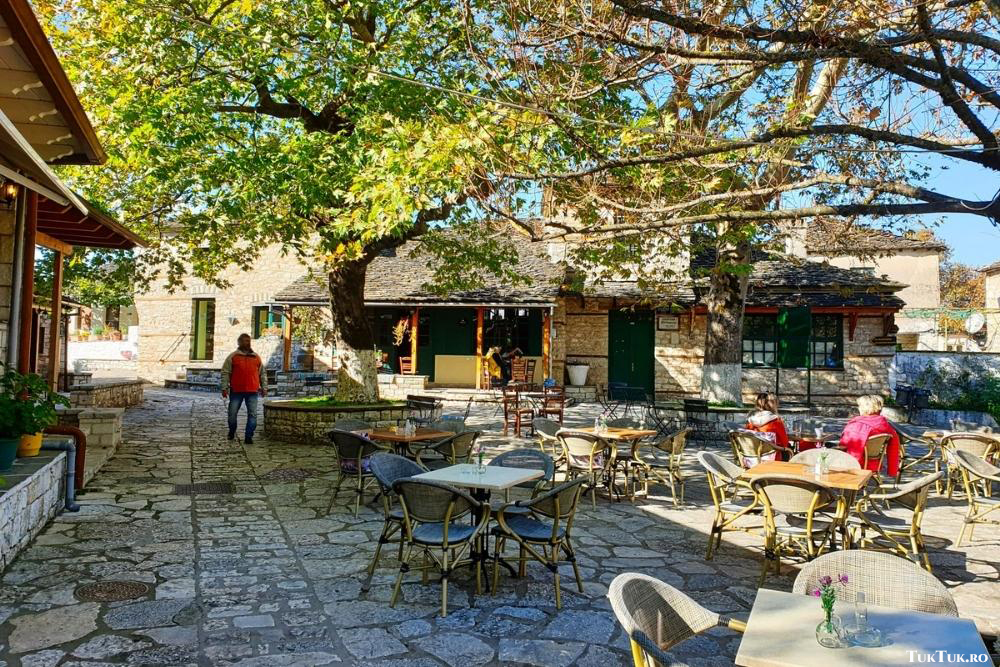

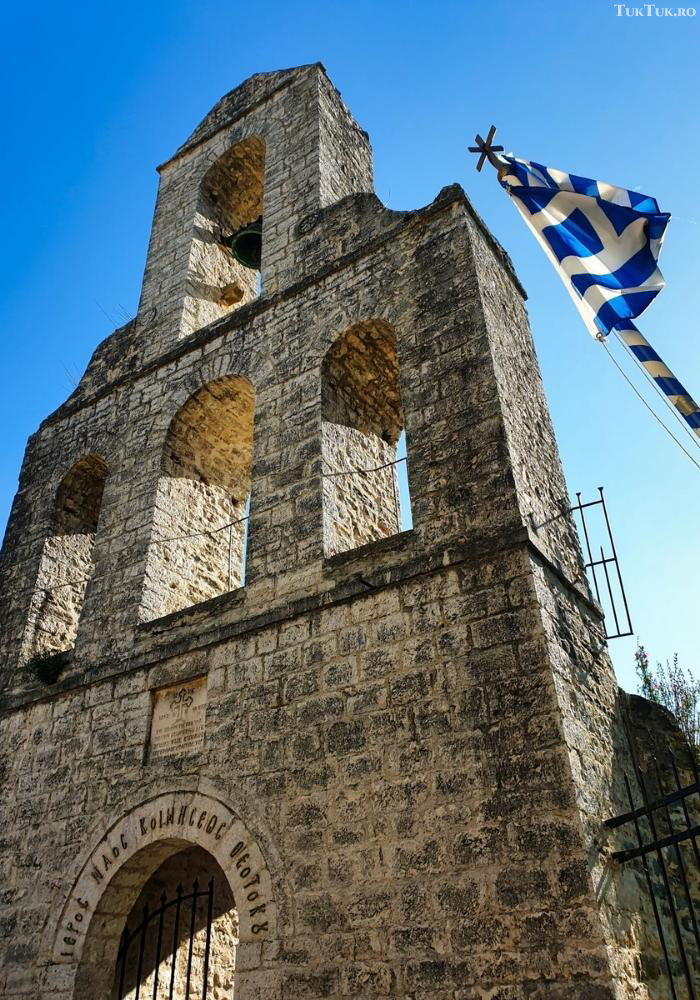
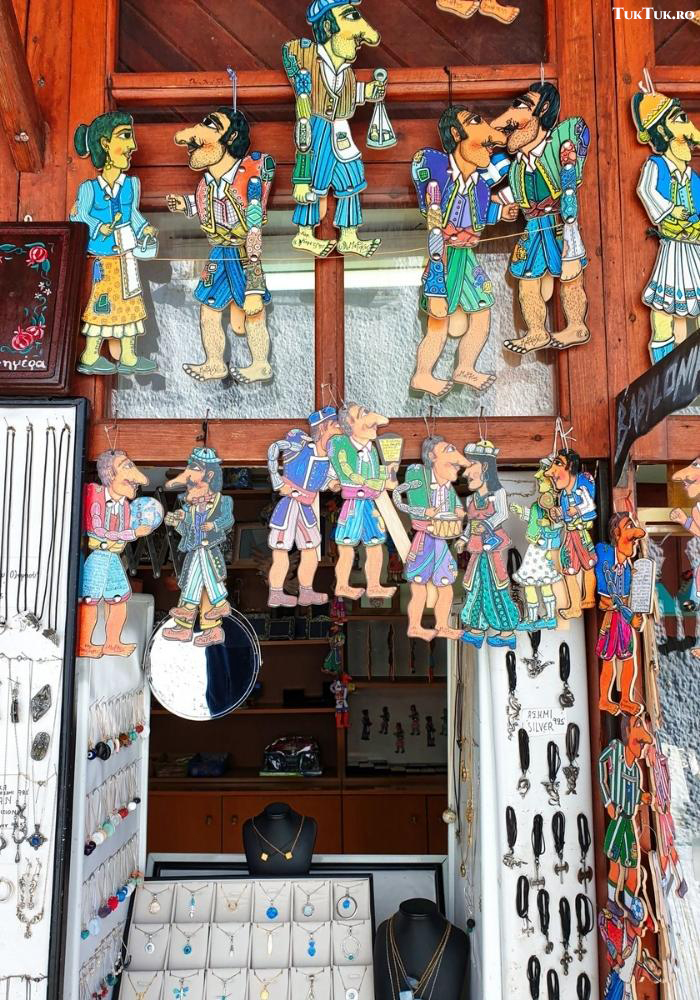
Also on the unnamed island are the ruins of the cellars of St Panteleimon’s monastery. In front of Ali Pasha’s museum, you are greeted by a huge plane tree, which was ‘born’ more than 700 years ago. Around it, you discover small caves where ascetics of the past used to take shelter to pray and philosophize, such as the monk-priests Theophanes and Nectarios Apsarades, who founded the Varlaam Monastery in Meteora (15th-16th century). These caves also served as hiding places for the island’s inhabitants, who took refuge in them for fear of Italian air raids during World War II.
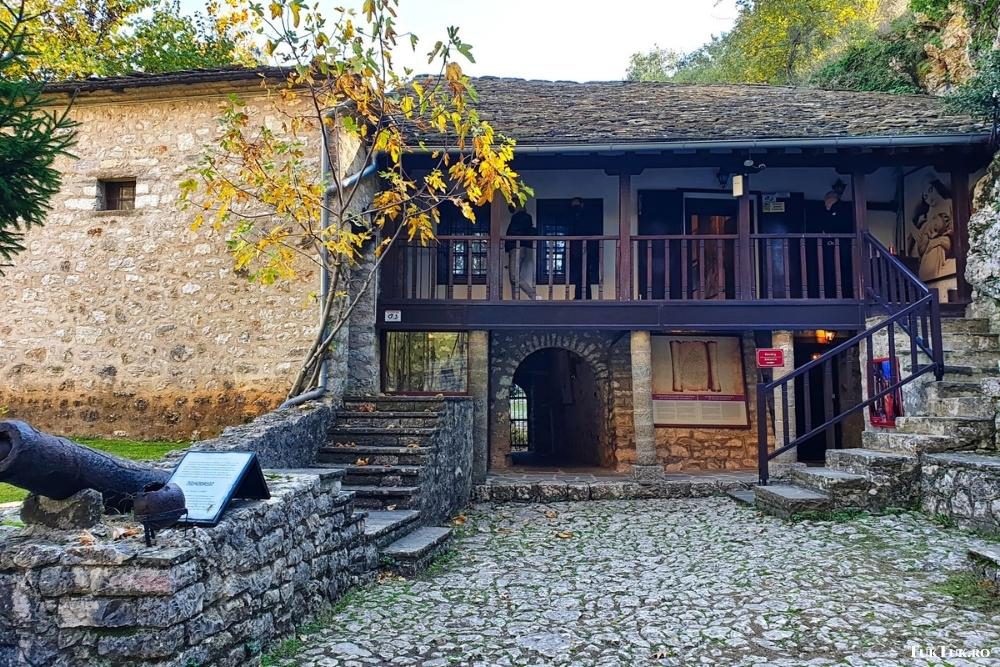
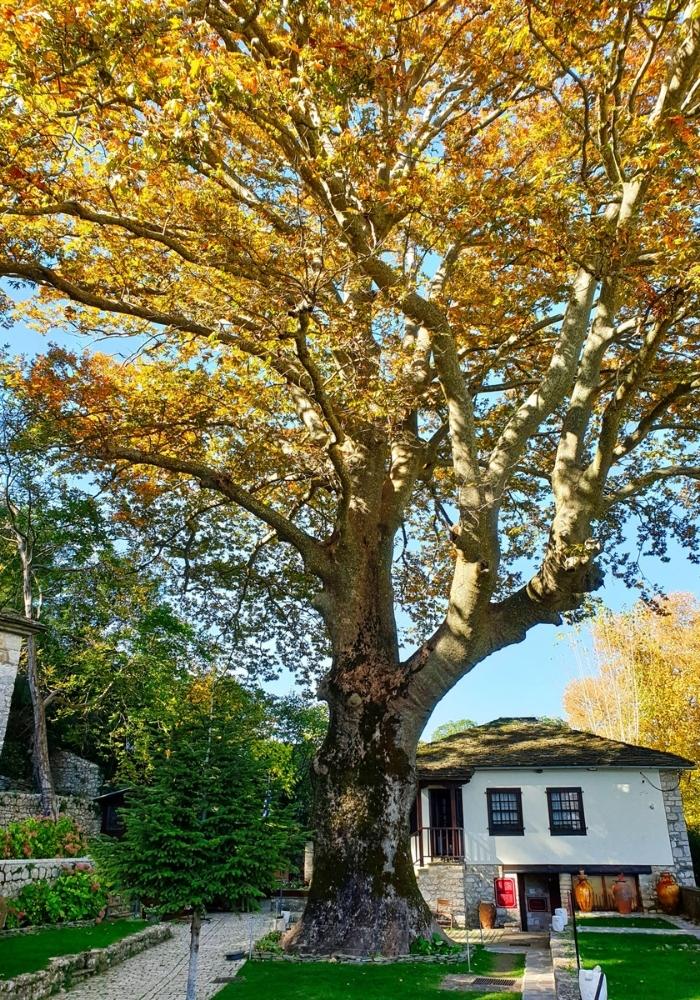
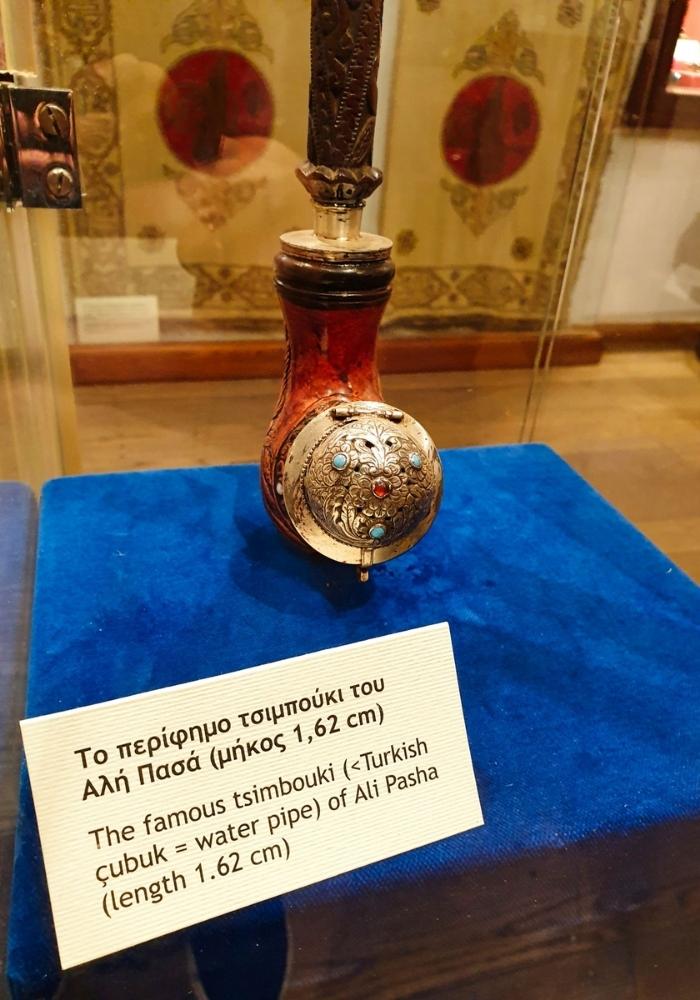
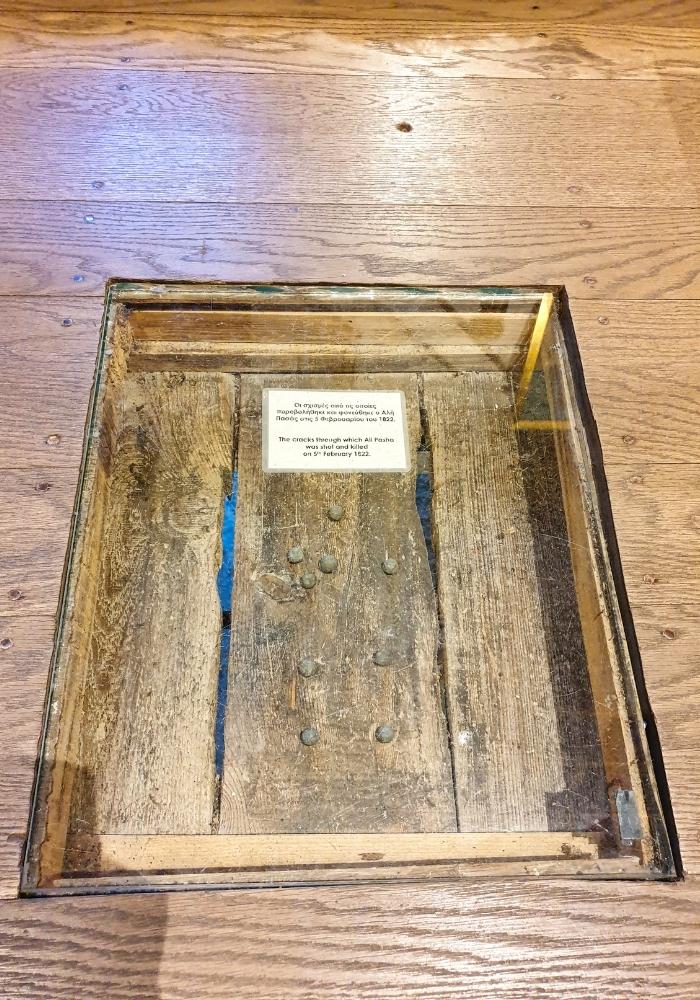
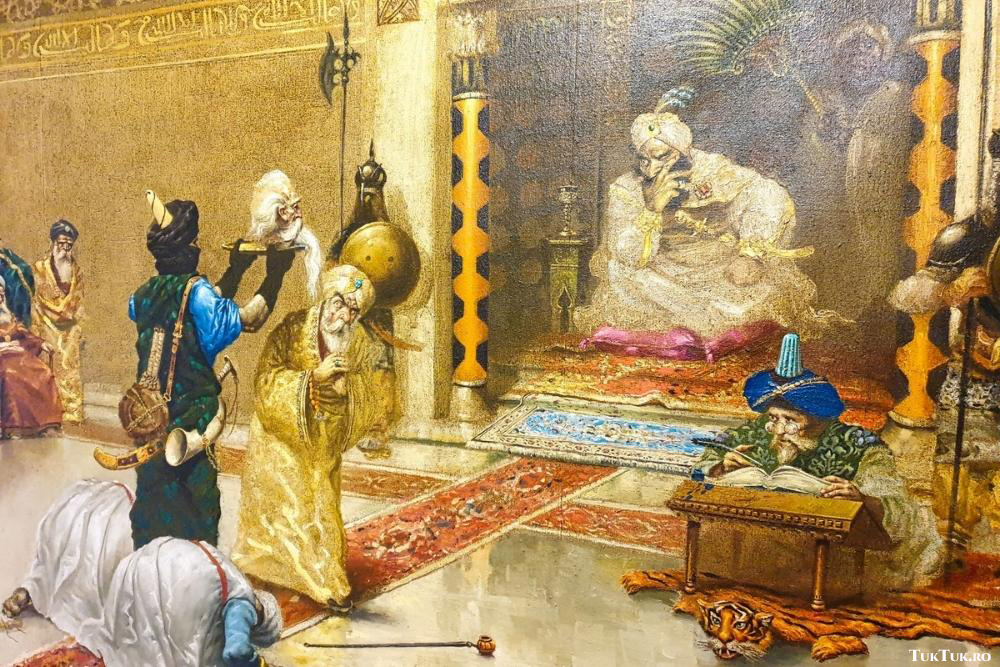
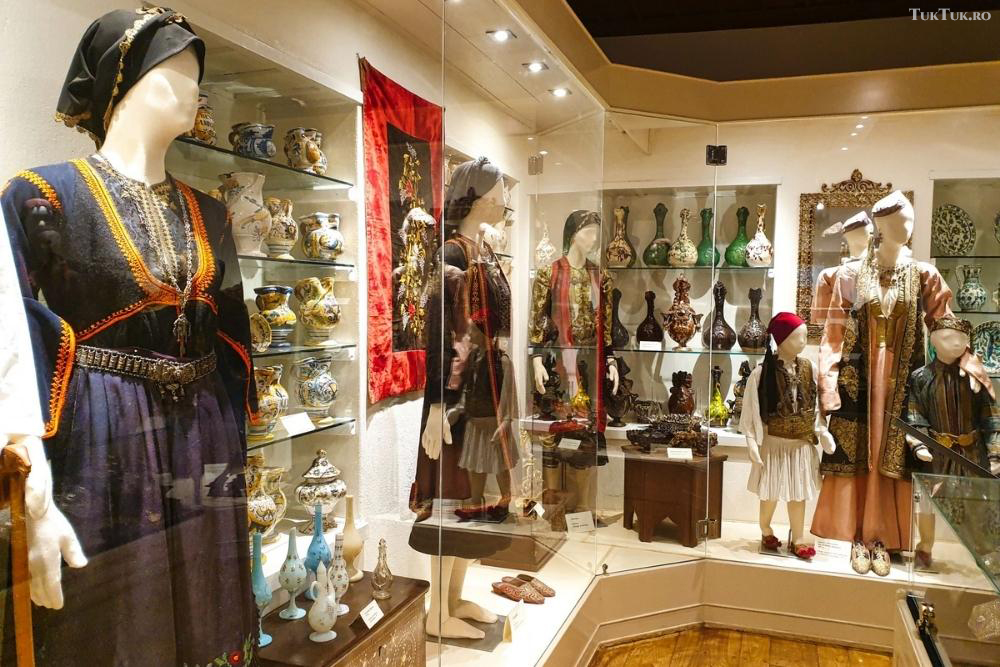
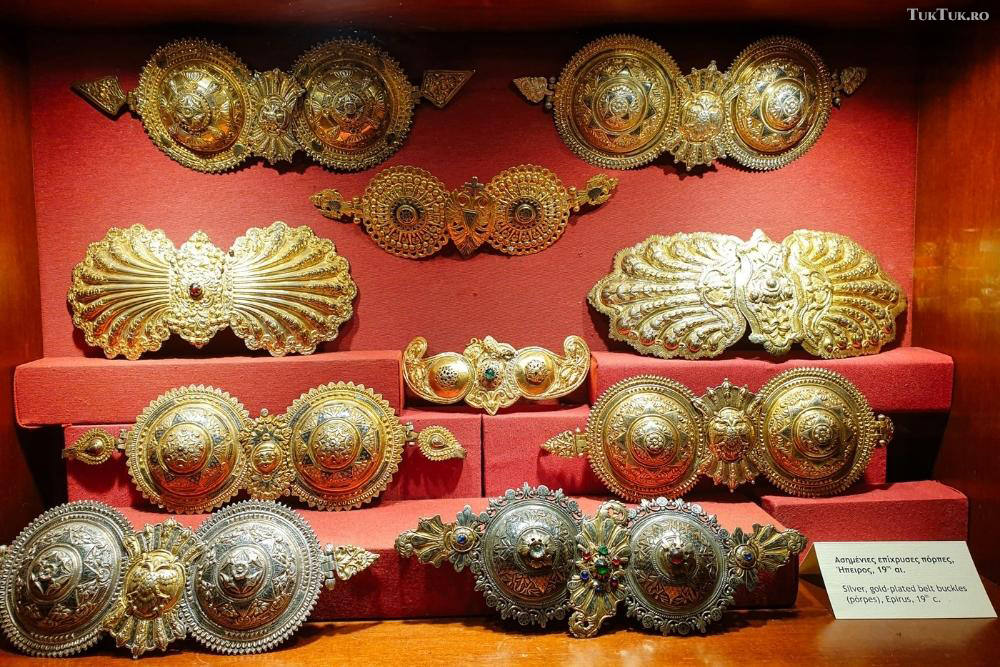
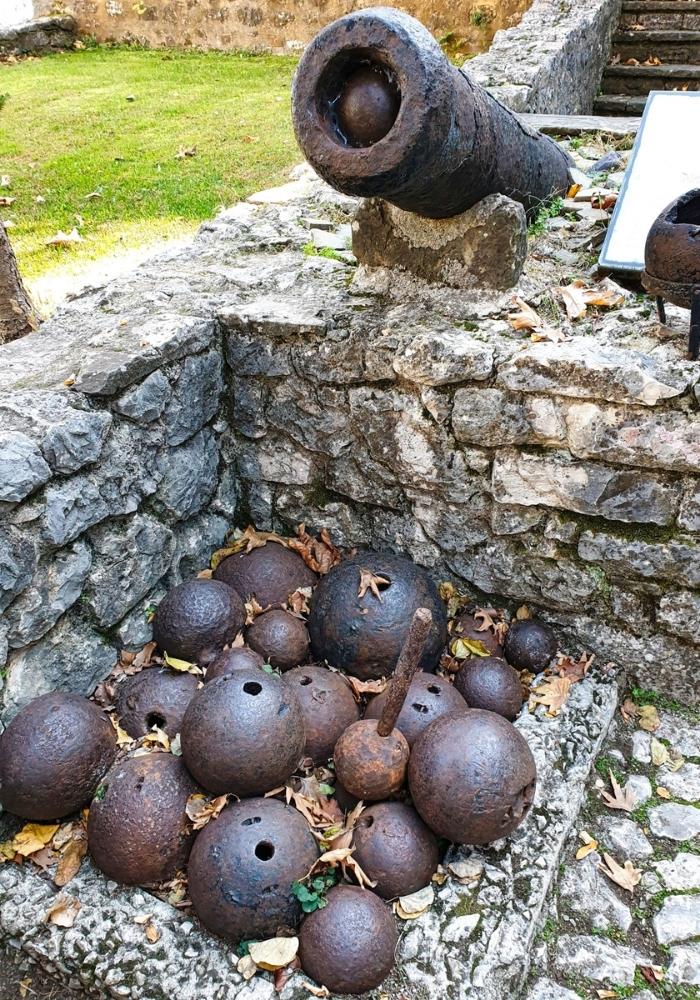
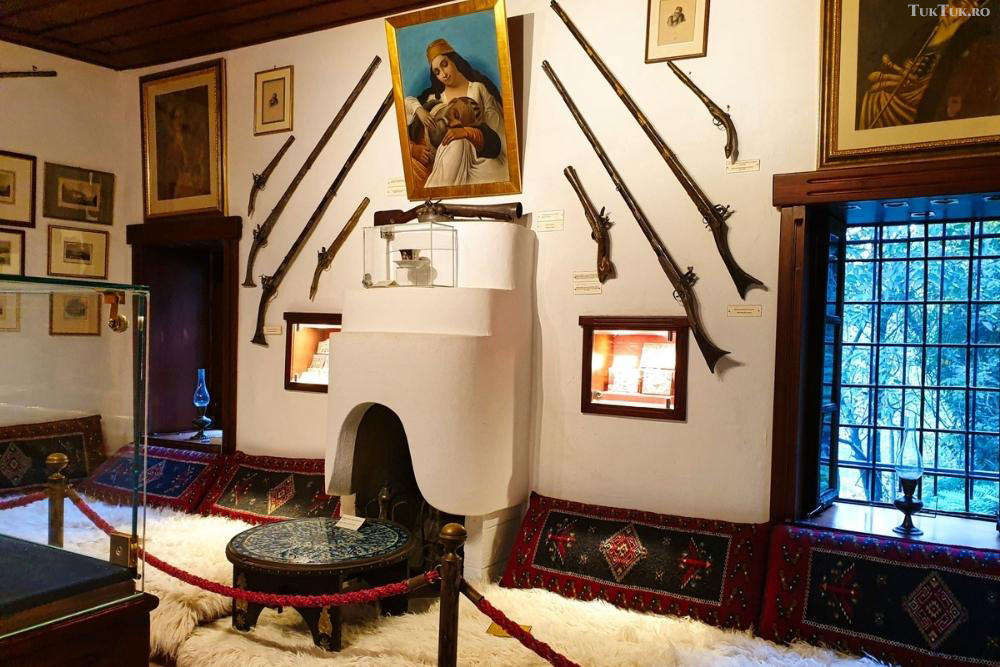
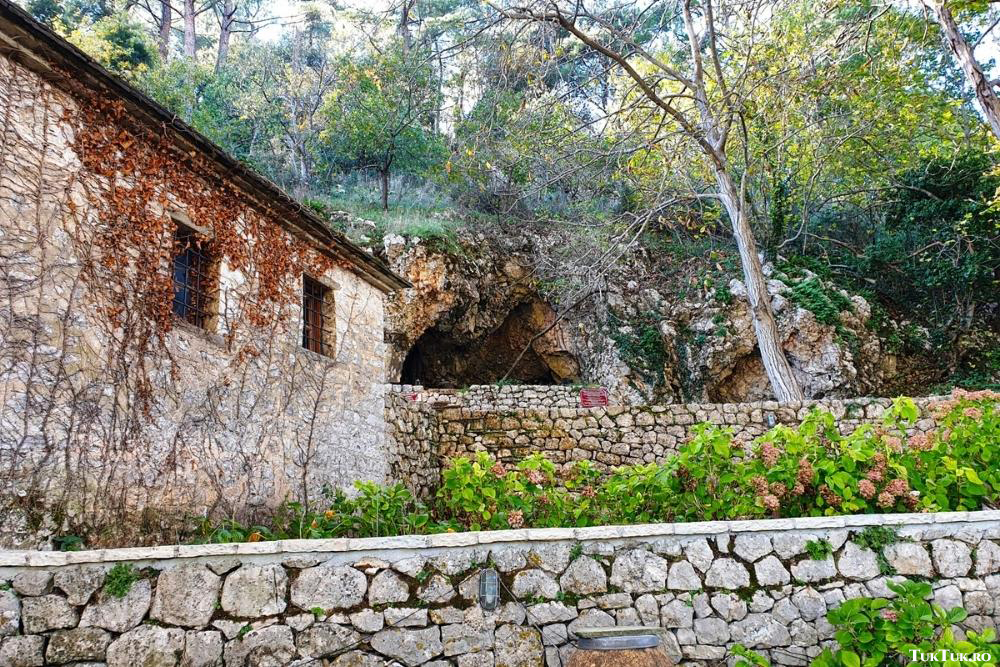
I returned from the island in the middle of Lake Pamvotis, feeling I had experienced a piece of Balkan history. It is not for nothing that many Greeks and foreign artists have been inspired by this lake, producing artistic creations – paintings, drawings, poems, writings, songs, photographs – that feature it in the foreground. Needless to say, the lake scapes are gorgeous, especially in the autumnal context I found myself in, the autumn colors making it all the more… poetic.
I leave Ioannina with the regret of having stayed too short. I want to come back for at least 3-4 days to explore the city in long, leisurely walks because the town has an undeniable charm that needs to be savored. Now, however, young Amalia directs us to another lake in the Epirus region, this time artificial. Lake Aoos is the last stop for a few atmospheric photos before we reach the last “boundary” in the Epirus region, the town of Metsovo.
Lake Aoos and Metsovo
And suppose Aoos (8 km from Metsovo) is an excellent example of man’s intervention to perfectly reconfigure nature in a landscape “format” of note 10. In that case, Metsovo is a famous mountain village (50 km from Ioannina) that many Romanians have probably visited on their way to Corfu or Lefkada because it is near the famous Egnatia Odos highway.
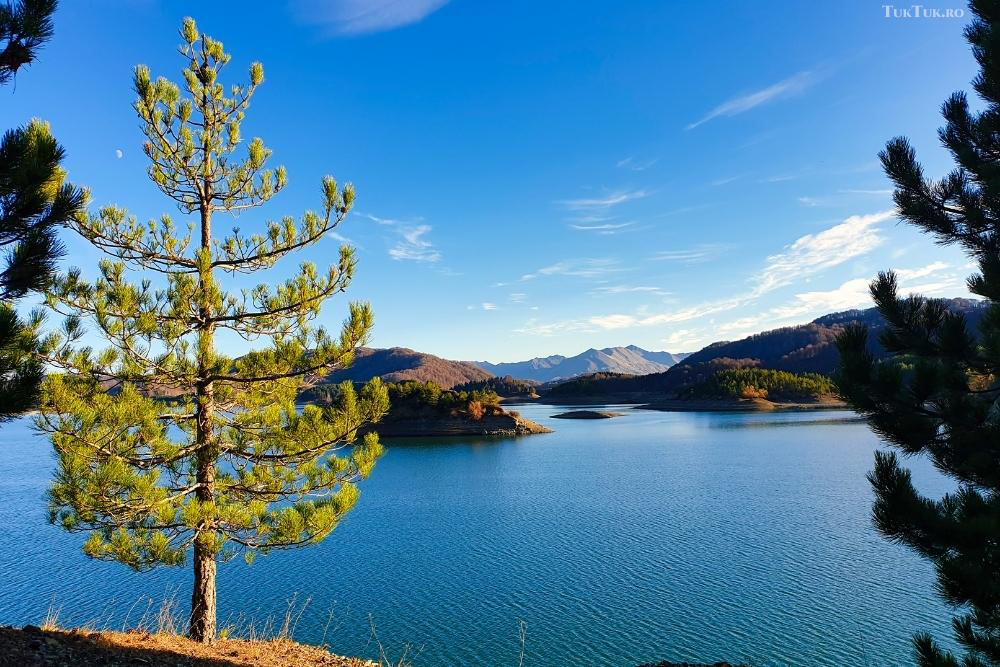
I didn’t spend much time in Metsovo, a village of Vlachs, one of the most popular winter holiday destinations for Greeks, but I left here experiencing a mouth-watering dish: kokoretsi. A kind of lamb offal, seasoned with lemon, olive oil, salt, and whatever else is around, put on a skewer and wrapped with some kind of leek to hold it together.
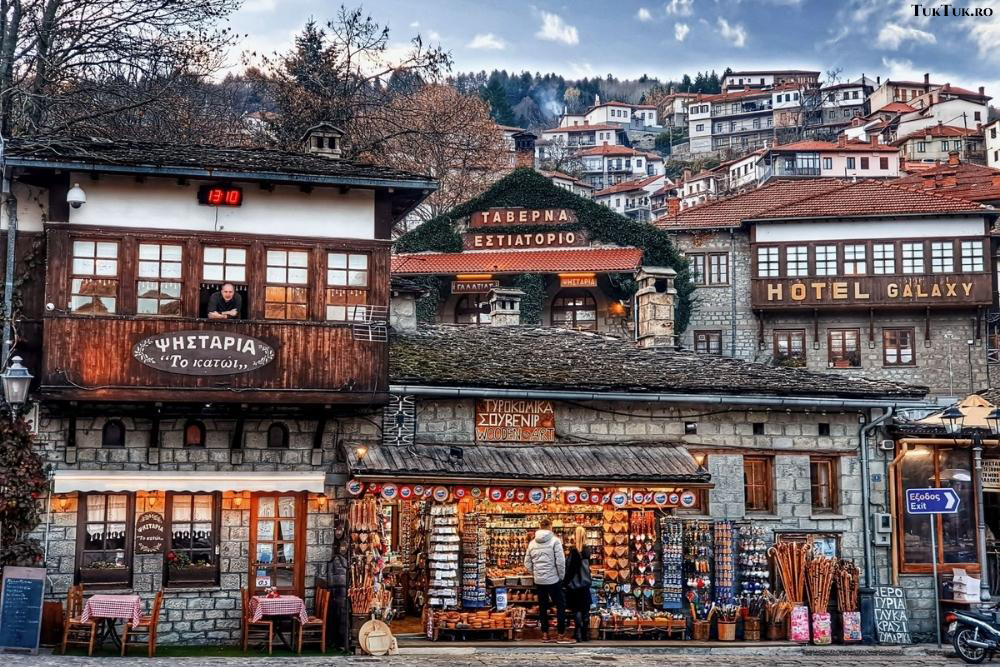
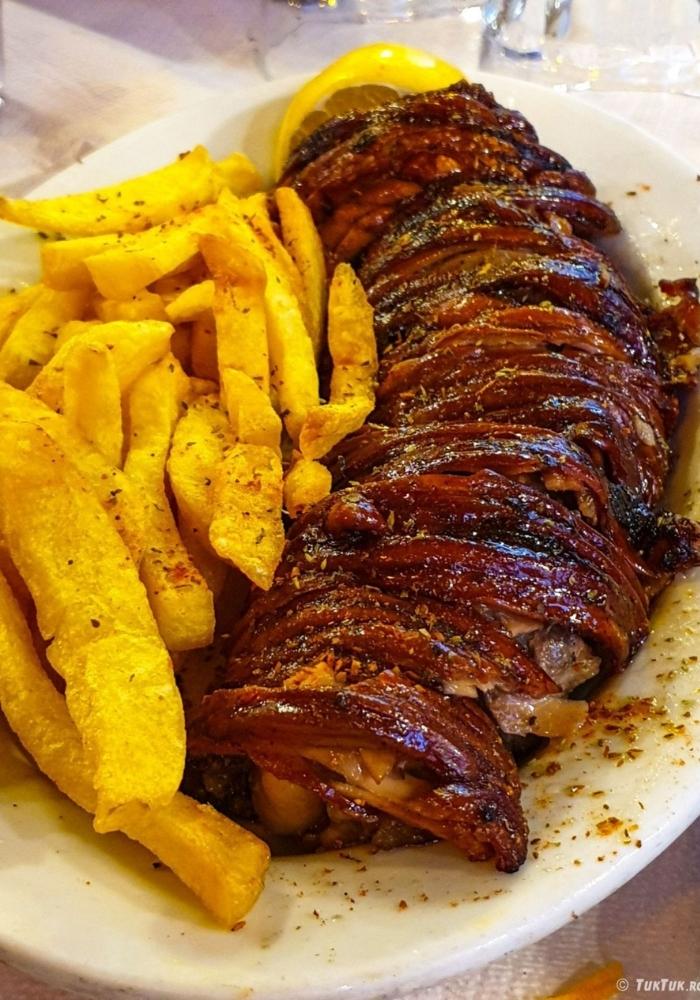
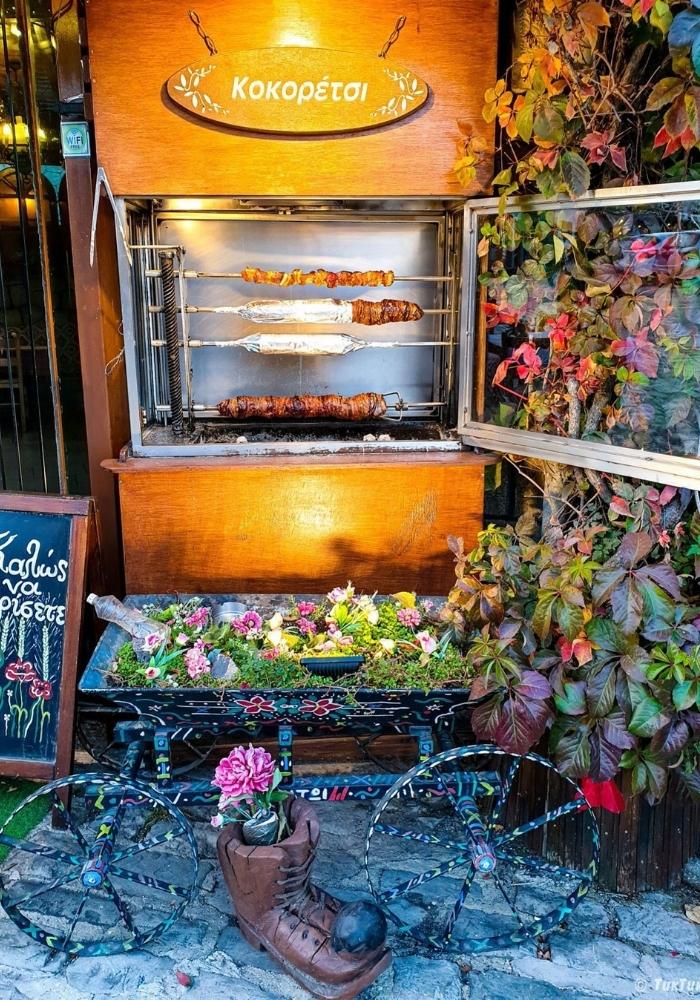
The night catches us in Grevena, at the Pindos Resort, a complex of stone villas with four little stars perched neatly on the front, which reinforces an idea that has followed me around the region: you won’t see in the mountainous area of Epirus a single outlandish building, a hotel with more than three levels, a particular tacky architectural fantasy sprung from some rich man’s snobbish mind. Everything is harmoniously embedded in nature, the colors don’t clash, and the traditional style delights the eye, whether it’s the homes of poorer people or the mansions of the wealthy.
The next day I leave for the last leg of my northern Greece tour, where I will see some of the attractions of Western Macedonia and Central Macedonia. Still, I can already say that Epirus has remained in my heart, and I would return anytime to taste more of its natural charm.
Pin it!
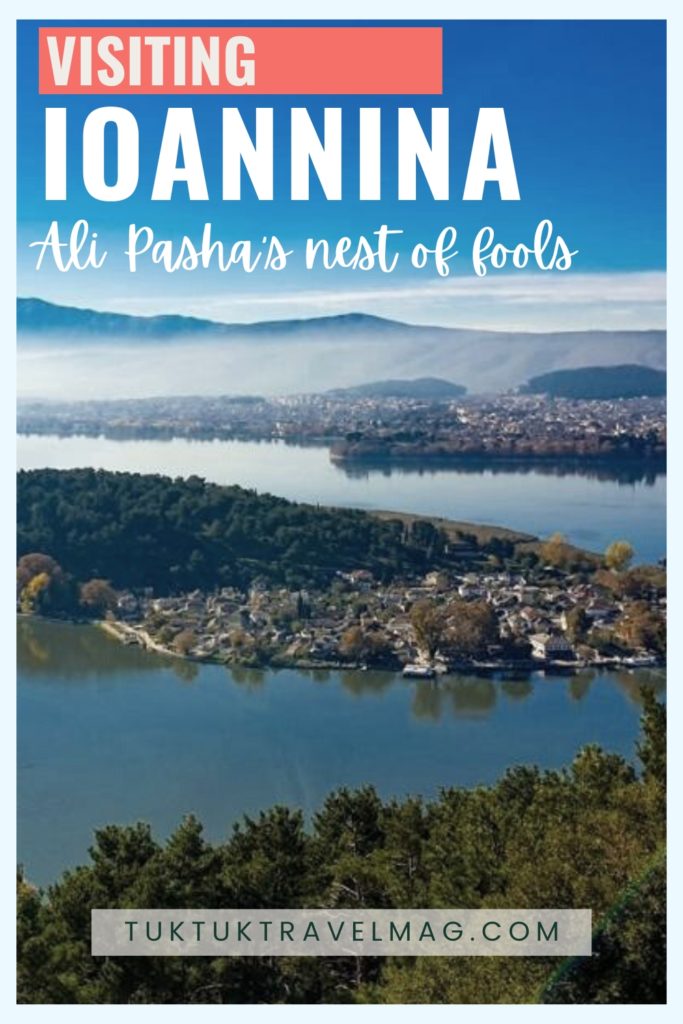
You may also like: Places in Greece to combine a mountain and a seaside holiday

